Photos: 5 steps to tackling badgers and TB on farm
Cheshire dairy farmer Ian McGrath has spent nine years under TB restriction and has lost 130 cows to the disease – a figure he knows will continue to increase.
TB takes at least 10% of his income every year, but despite this, he’s determined in his fight to combat the impact of disease on his business and has developed a range of management strategies to cope with it.
After our latest test we’re in the rare situation of being clear of TB, but I can almost guarantee that we will get more reactors in six months’ time when we retest – even though we do everything we can to control reinfection.
“That doesn’t mean to say cattle farmers who feel TB doesn’t present any immediate threat to their herd should let their guard down. Far from it.
“Every dairy farmer should undertake a TB risk assessment of their business,” he says.
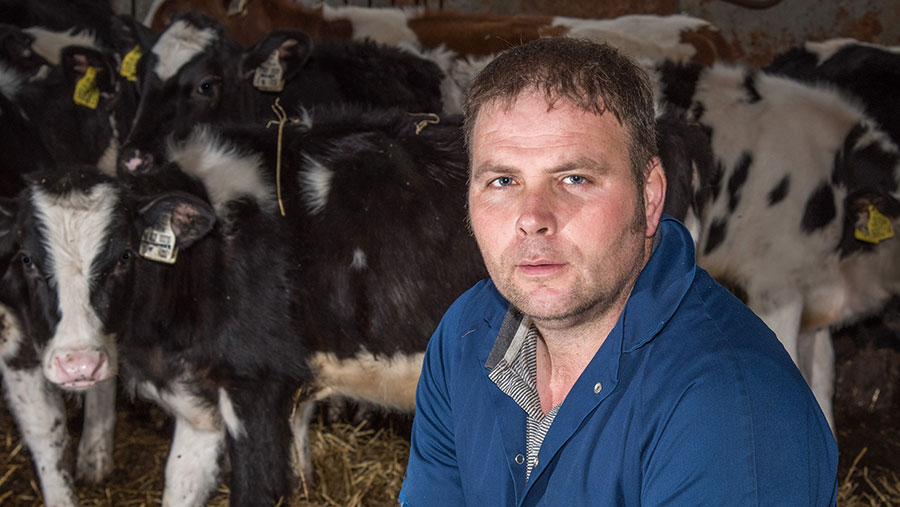
© John Eveson
1. Change of breeding strategy
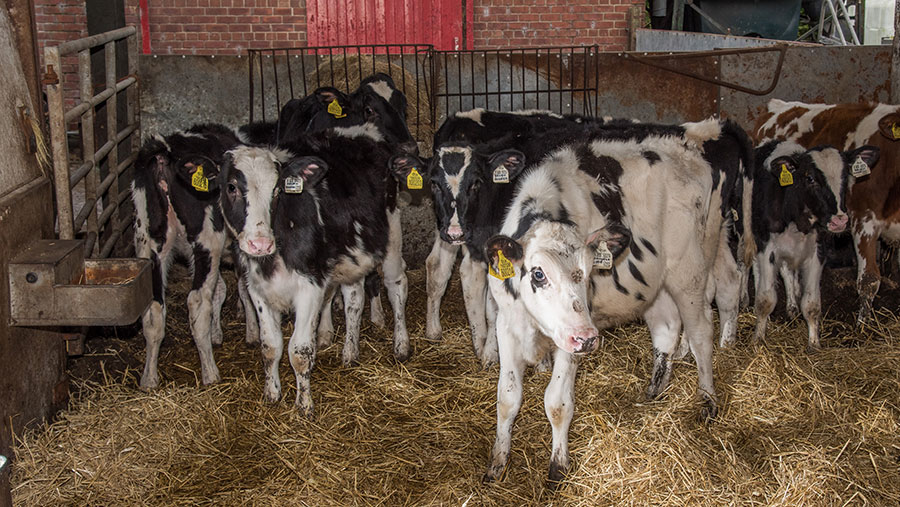
© John Eveson
Mr McGrath now serves few cows to British Blue because he reckons he would lose about 40% of the value of the calves if selling into an assured finishing unit.
Everything is instead put to Holstein, allowing him to have a source of heifer calves to replace TB losses.
See also: Guide to TB restriction rules for cattle farmers
2. Badger proofing youngstock area
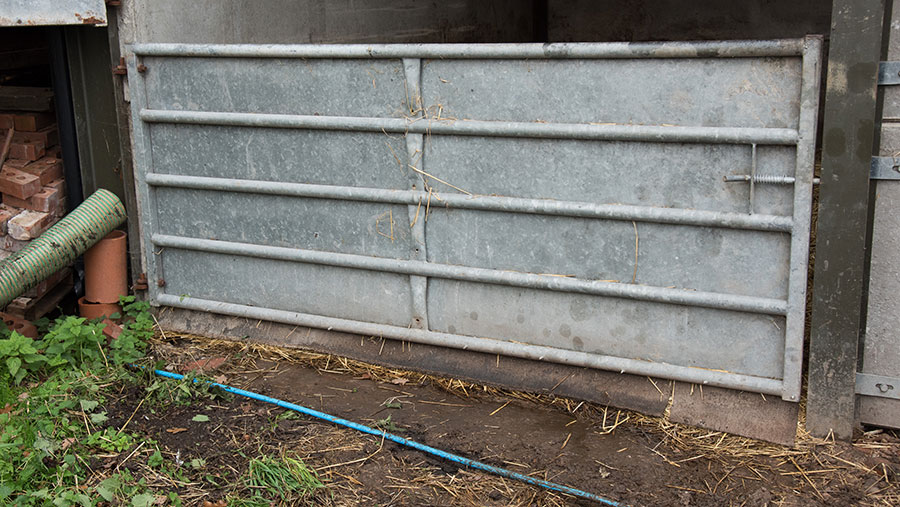
© John Eveson
Calves are fed ad-lib pellets, which are an attractive feed source to badgers.
Mr McGrath has bought a large quantity of conveyor belts and fixed strips of them to the bottoms of doors in the youngstock buildings.
The doors can be easily opened and closed but the badgers can’t slip under the gap.
See also: TB biosecurity plan launched
3. Protecting the silage clamp and feed bins
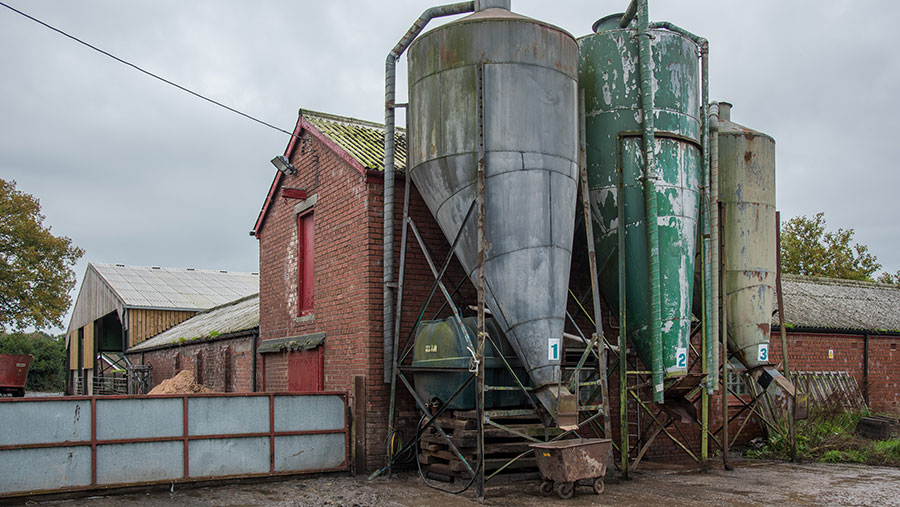
© John Eveson
Mr McGrath has set-up a two-strand electric wire running in front of the maize silage clamp. The height is critical and after taking advice he has it placed at the height of a mobile phone from the ground (about 10cm) while the second strand is the same distance apart.
Feed cannot be kept in open stores so everything is kept in upright bins.
4. Protection from neighbouring cattle
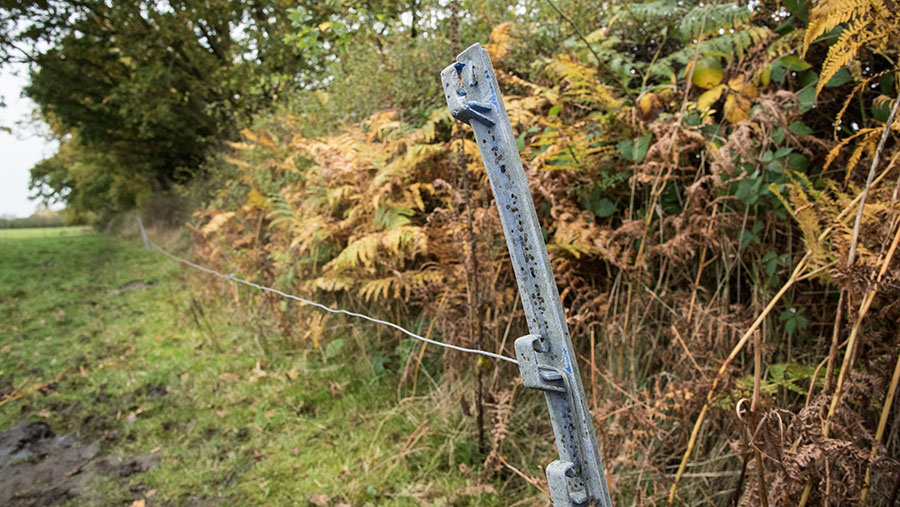
© John Eveson
Boundaries are double fenced with an electric fence 2m from the boundary to prevent nose-to-nose contact with neighbouring cattle.
5. Preventing badger access to farmyard
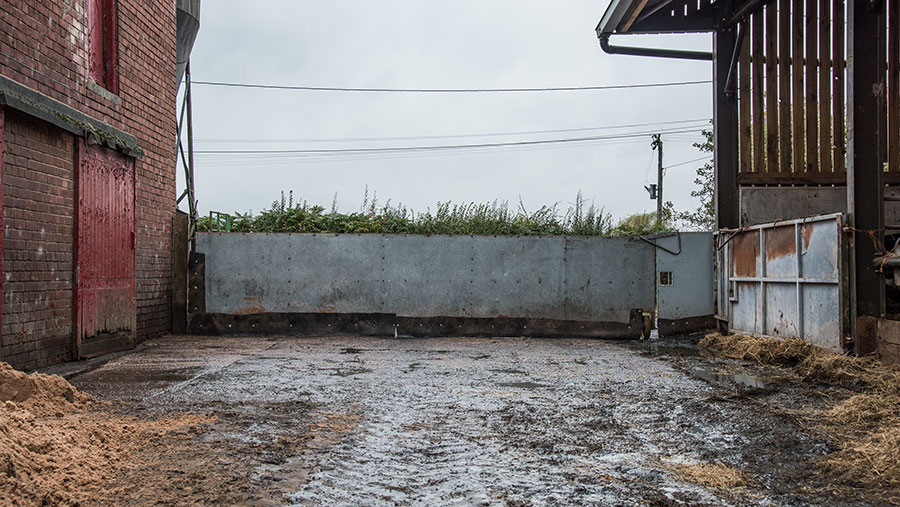
© John Eveson
The passageway in the yard that runs between the farm buildings has been blocked by making it badger proof at one end by fitting the rubber belting to the gate that runs across the yard.
“It means the area is no longer a thoroughfare for badgers. They are creatures of habit and won’t go into an area they know they can’t escape from,” he says.
